Remote conditioners provide unique solutions for unusual requirements and can be used in many different industries. Most remote conditioners come as dual-purpose conditioners, allowing for both temperature and humidity testing. In situations where the size and/or location of the specimen of interest prevents it from being placed in a regular test chamber, portable conditioners can be used. Read More…
Russells Technical Products has been designing and manufacturing environmental test chambers since 1972. With over 150 years of combined management experience, our company provides its customers with quality environmental test systems and advanced manufacturing techniques. Russells offers a variety of standard and custom designed chambers to meet your exact specifications.
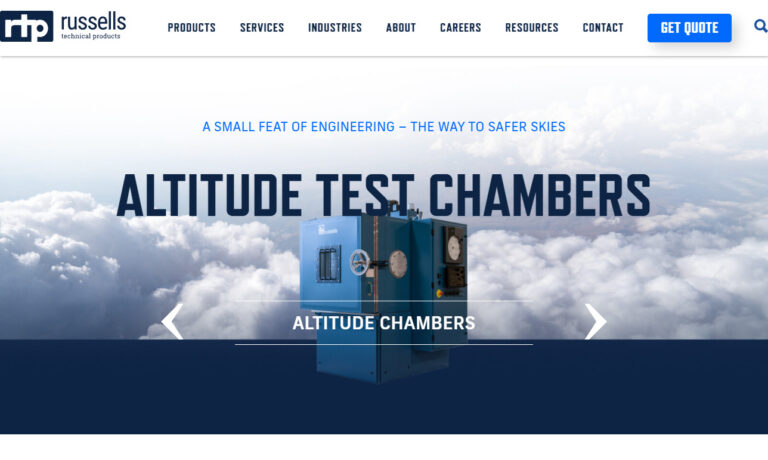
We are leading environmental test chamber brand with over 78 years of experience designing environmental testing solutions. Over the years we have developed products for ease-of-use, reliability and performance designed to meet our customer’s testing needs and improve the safety and reliability of their products. We have a legacy of providing high quality solutions for temperature, humidity,...
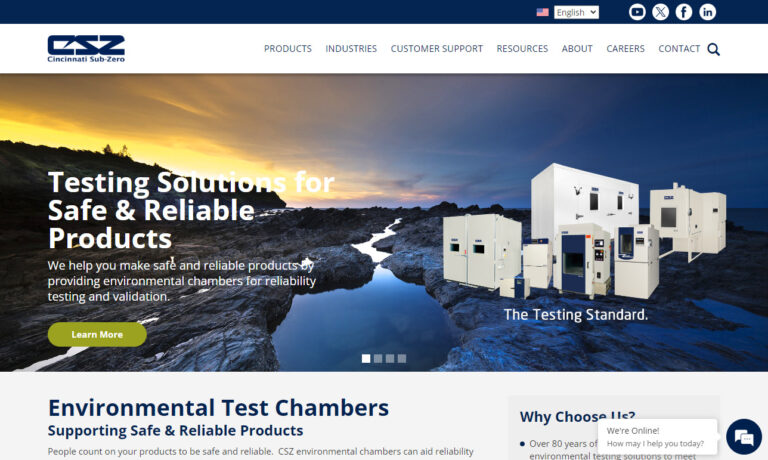
A pioneer since 1962, Thermotron has been building the most recognizable environmental test equipment in the industry. Every chamber and shaker sold is handcrafted in West Michigan and comes with an intuitive controller. From automotive and defense, to electronics and medical industries, Thermotron has helped companies small and large create more reliable products. When you need to know whether...
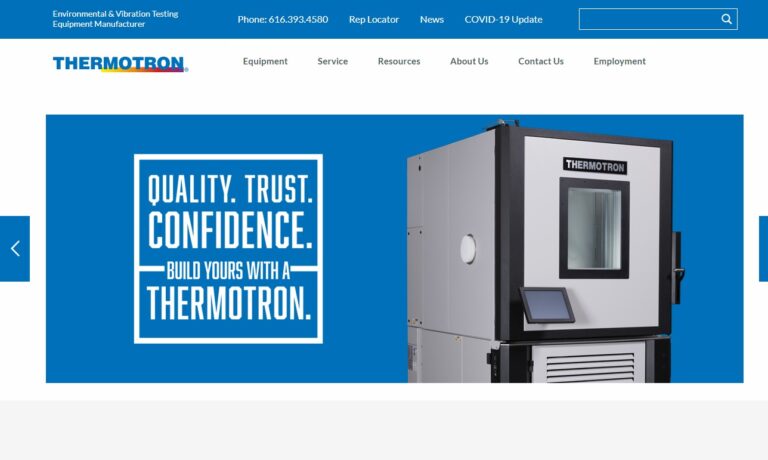
As a leader in the test chamber industry we believe our systems are ideal for your company. We manufacture models that come standard with many useful features for testing applications. We believe that our advanced technologies are essential to the reliability of our products and our quality customer service is perfect for your needs. Feel free to visit our website or give us a call to learn more!

Hastest Solutions designs, manufactures and provides solutions for all environmental testing needs. For the full range of environmental test chambers, including HAST, temp/humidity, salt fog, solar radiation, high temp ovens, autoclave, and more.
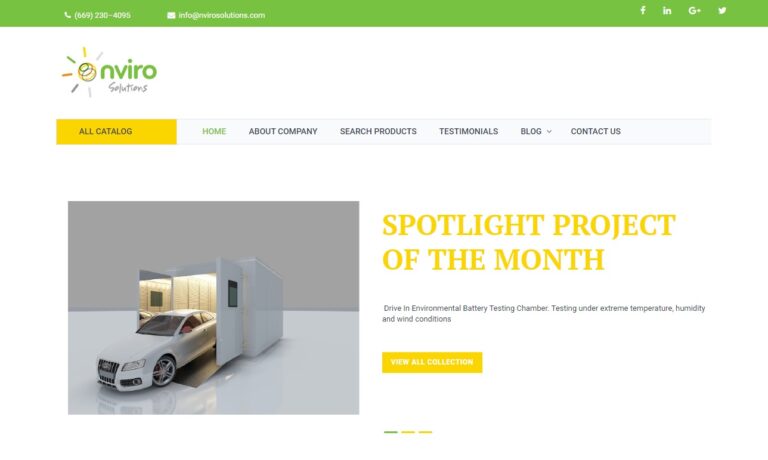
Isotech specializes in state-of-the-art environmental test chambers. With our standard and custom test chambers we strive to offer our clients products that are specifically designed to fit their needs. Isotech offers technical specifications like copper screen enclosures, RF signals, and USC-26 and USC-44 series panels.
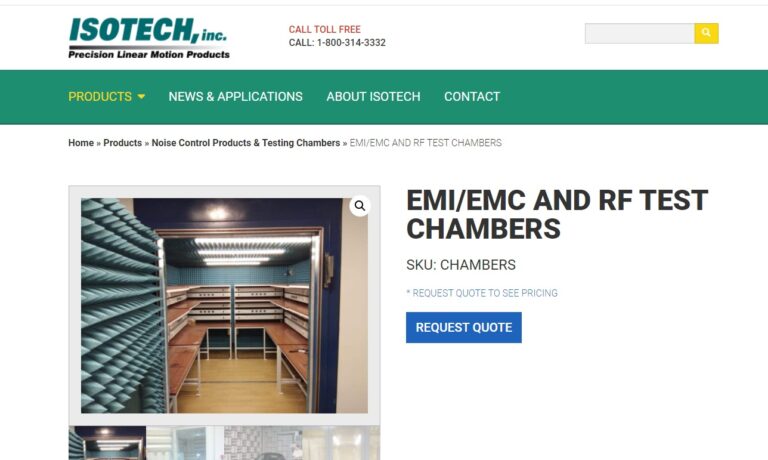
More Remote Conditioner Manufacturers
They are considered a type or form of the typical remote conditioner and are available with a range of blower sizes and air flow rate capabilities. For applications requiring versatility, flexibility, and mobility, remote conditioners provide some of the most beneficial features and advantages. Remote conditioners can operate as portable testing equipment, providing temperature and humidity control to difficult to reach spaces, but many can also operate as independent, self-contained chambers as well. That means that they are ideally suited for manufacturers producing products in a huge range of sizes. Remote conditioners provide a cost effective solution to versatile testing applications and provide an overall greater return on investment.
When choosing a remote conditioner, there are certain aspects that should be considered. The first is the required temperature range of the intended application. There are many different styles of remote conditioners, so there is also a huge range of temperature capabilities. For applications requiring higher or lower temperature ranges than offered by standard models, contacting the manufacturers will be the best option.
The second aspect to consider is the required humidity range of the remote conditioner. Same rules apply for extreme humidity levels. Temperature change rates, construction type, cooling system (air-cooled or water-cooled), and the type of product being tested are additional considerations that should be carefully addressed. These will help you determine the best chamber for your applications.

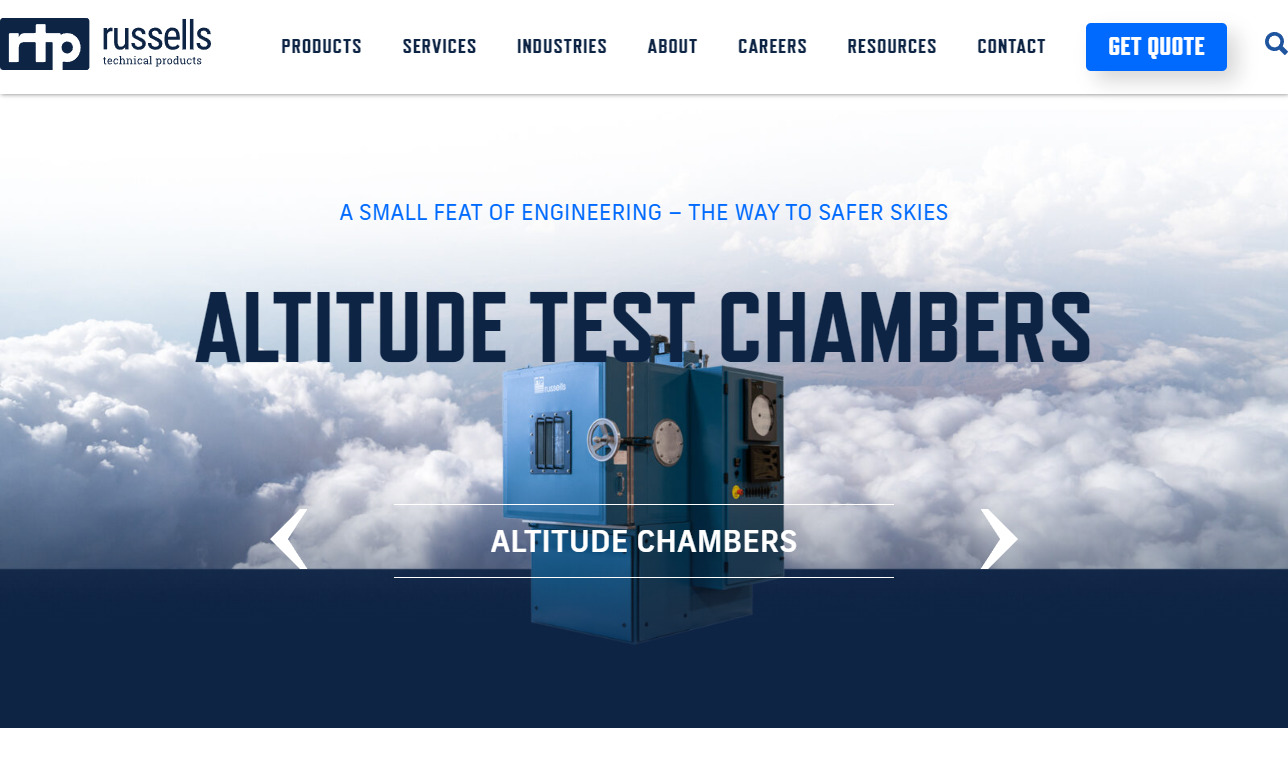
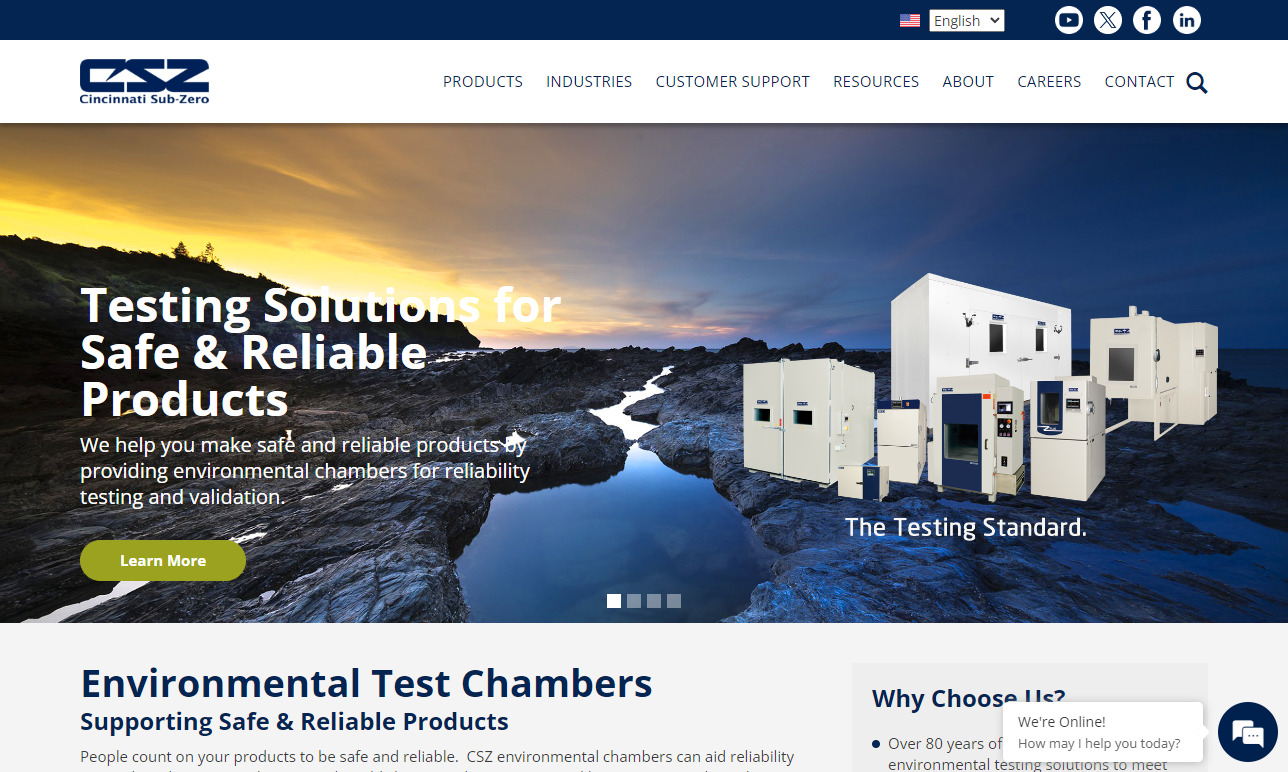
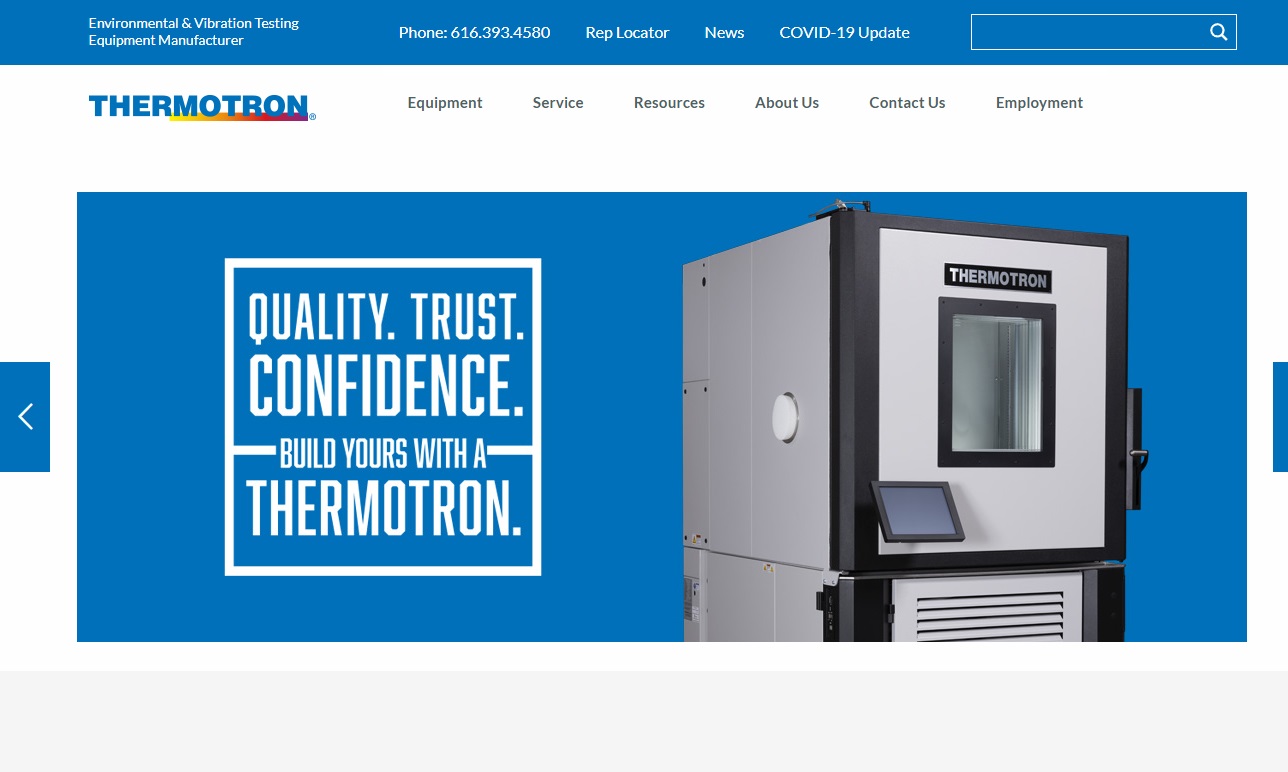

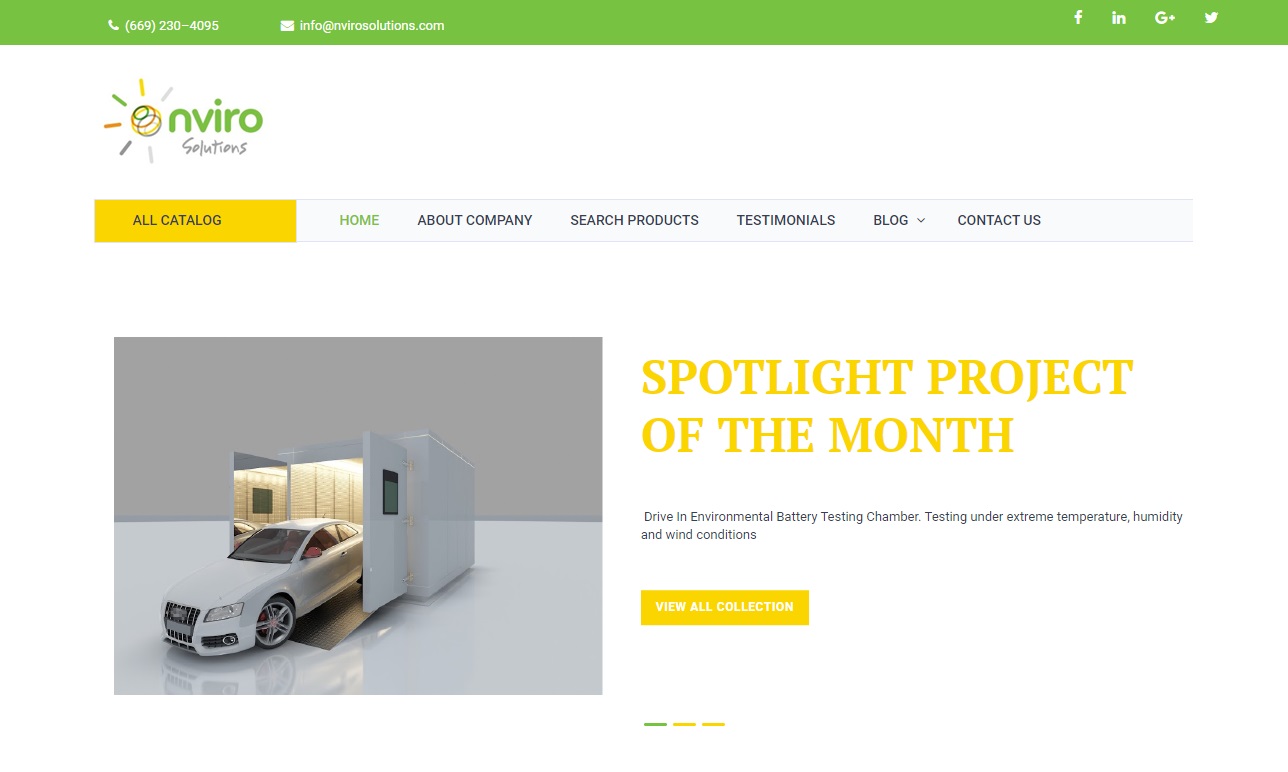
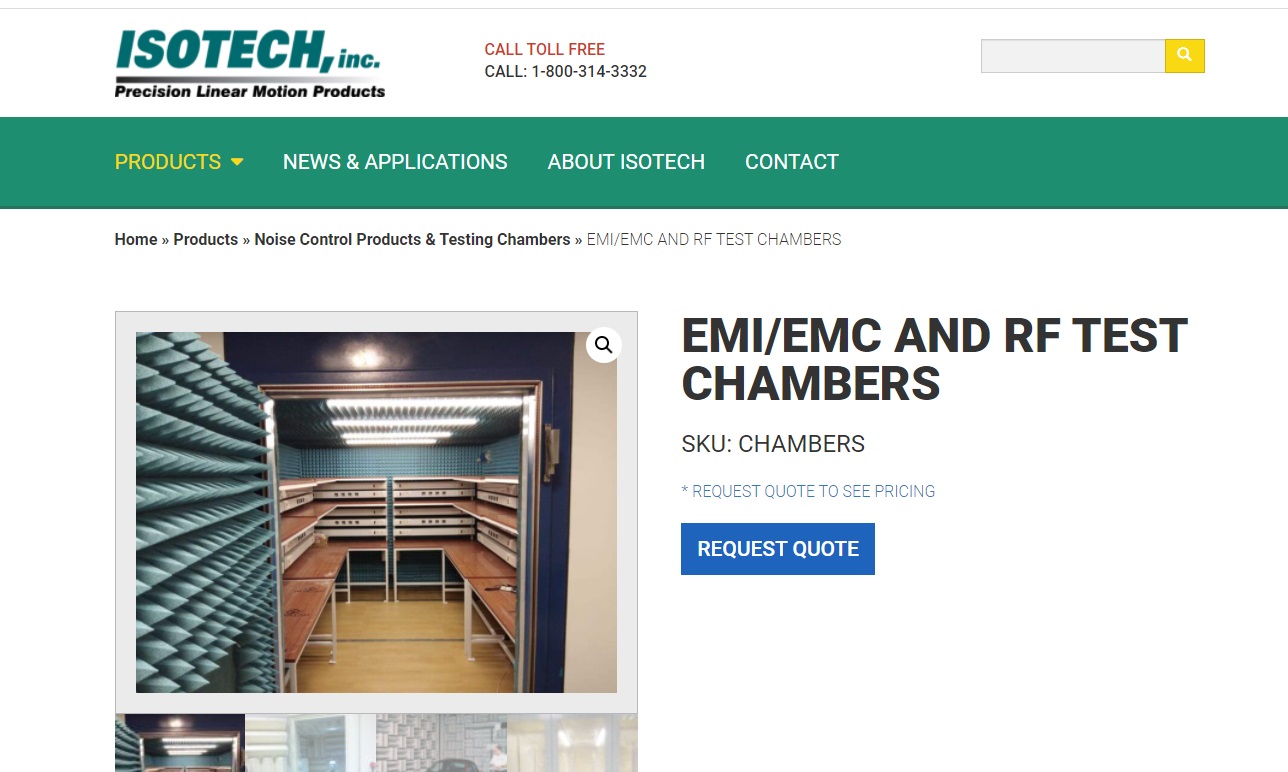
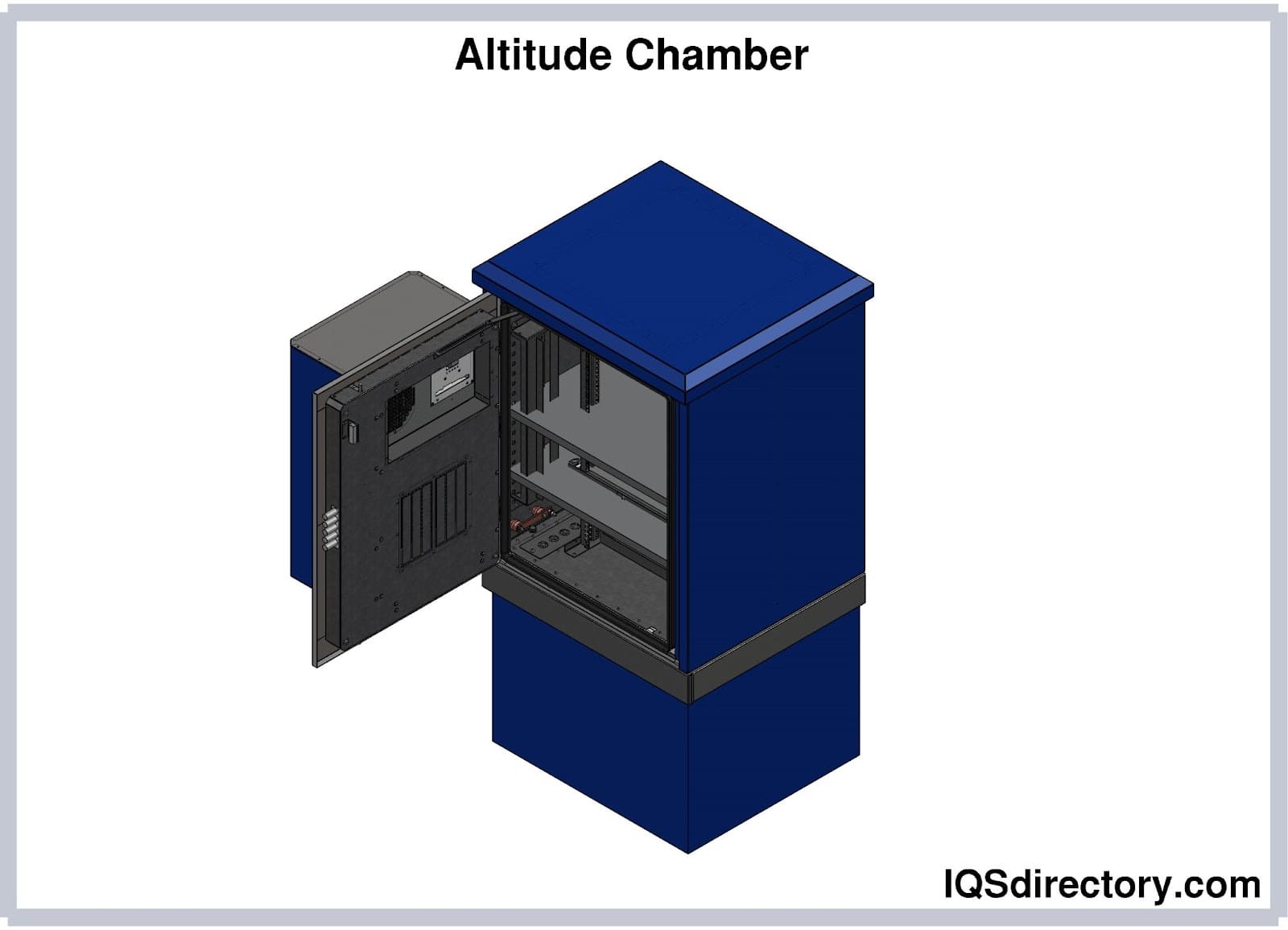
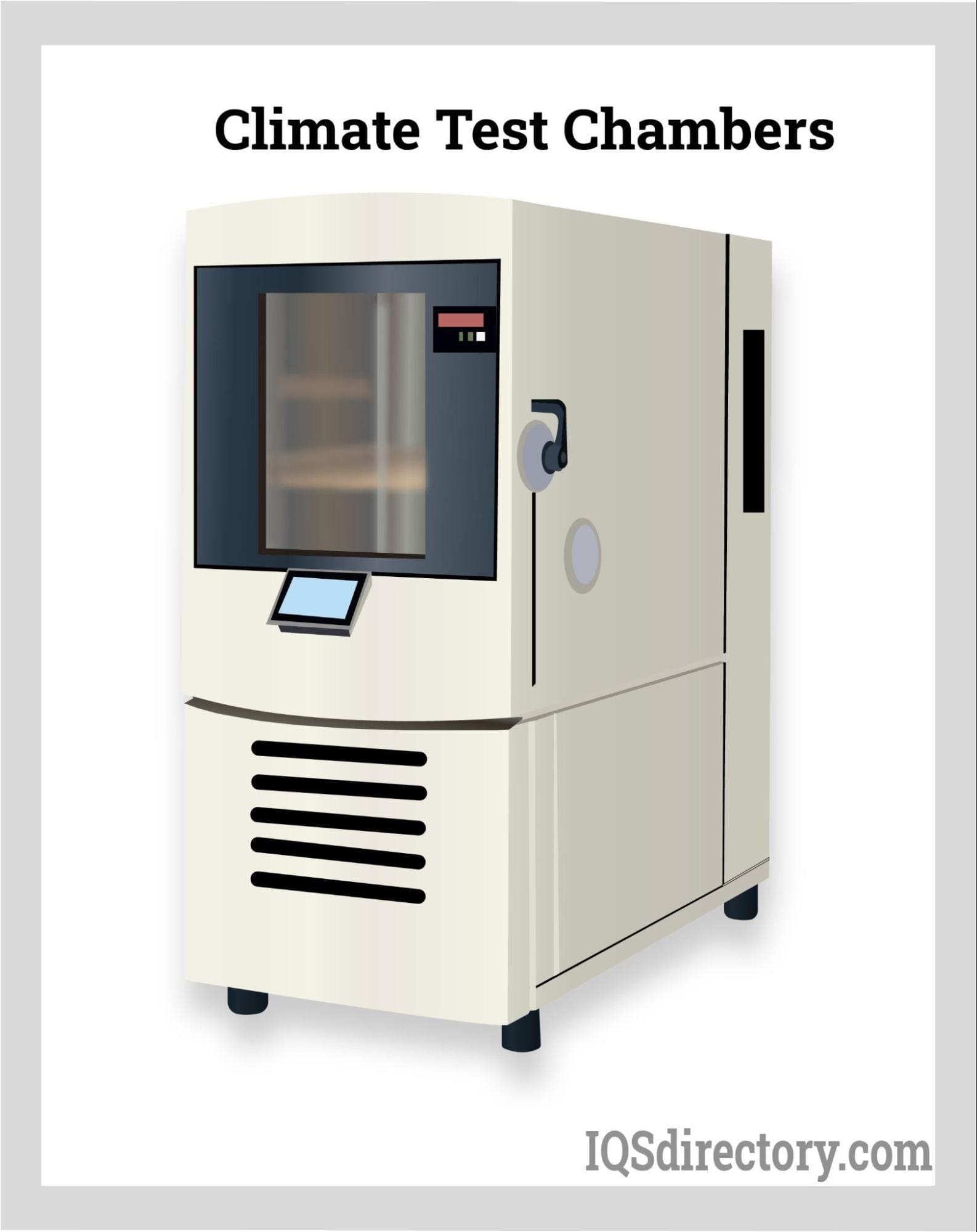
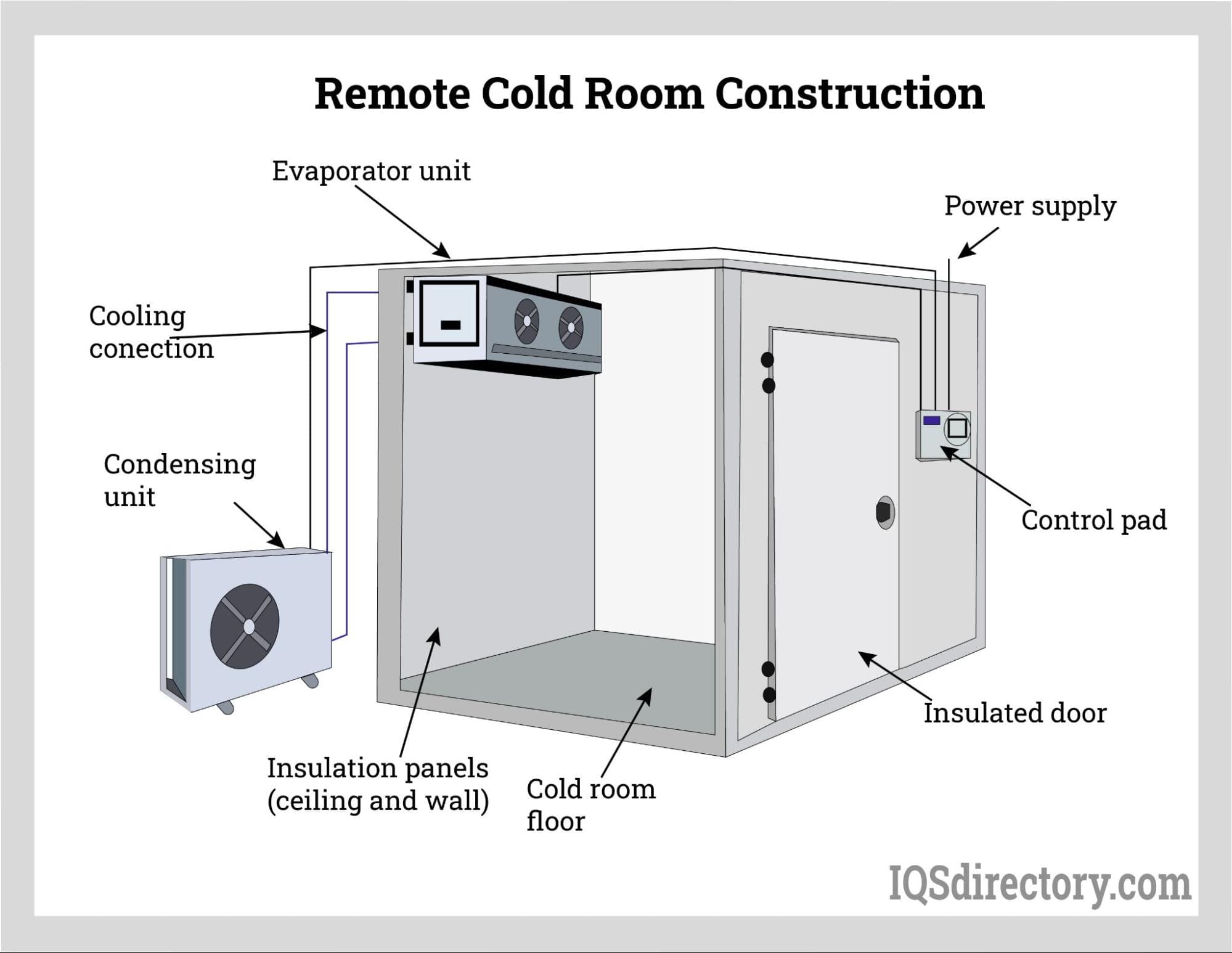
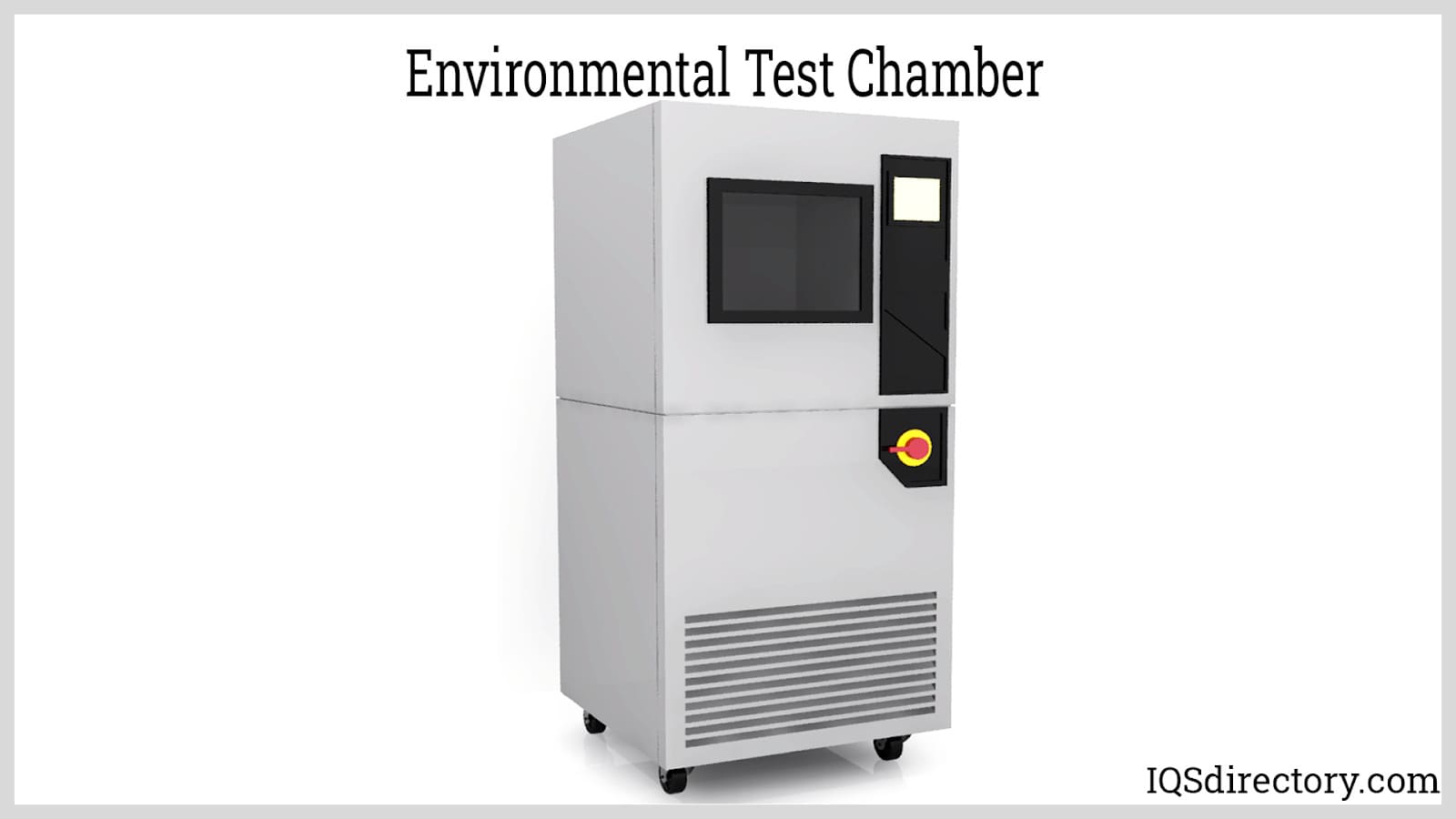
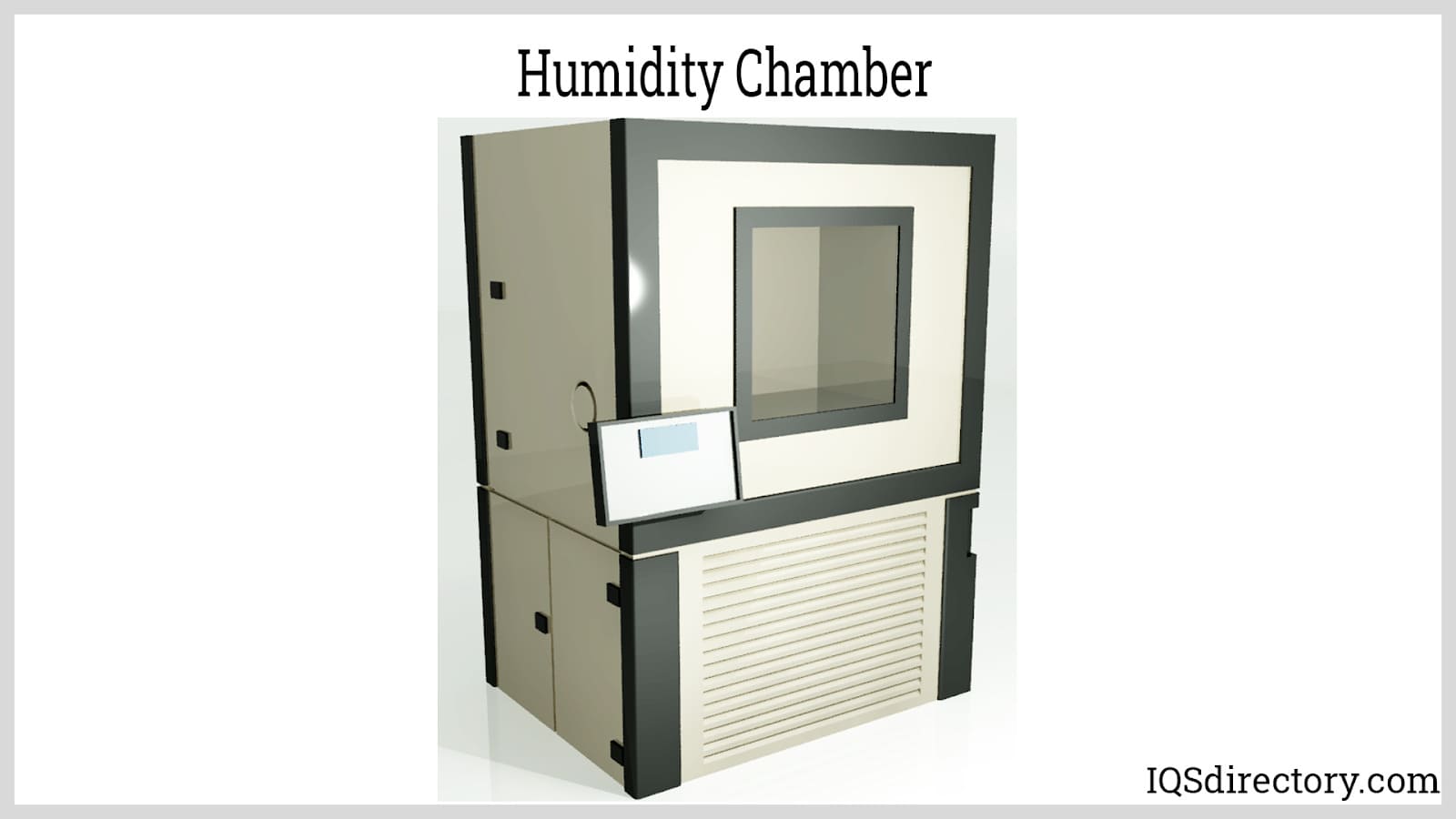
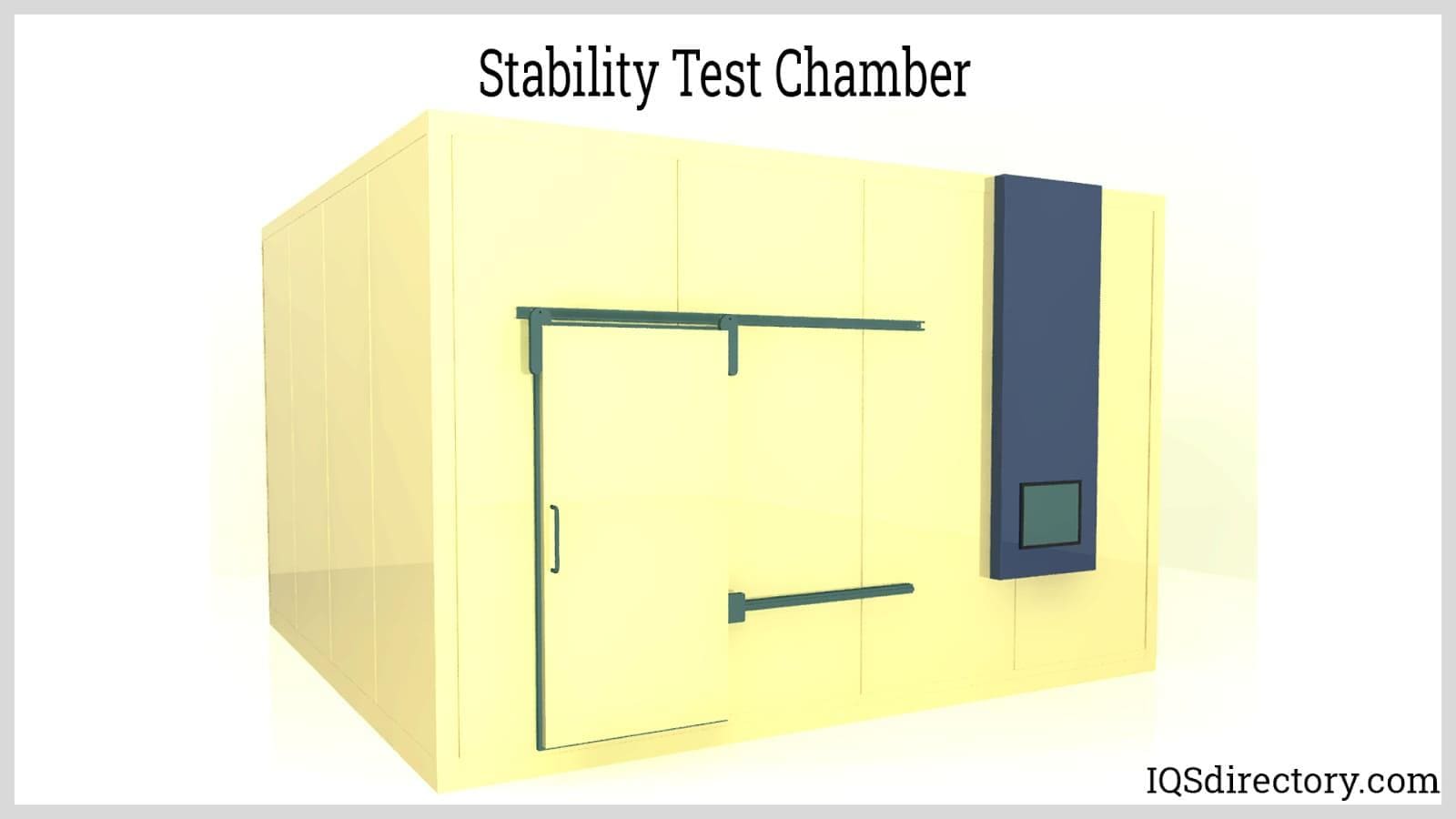
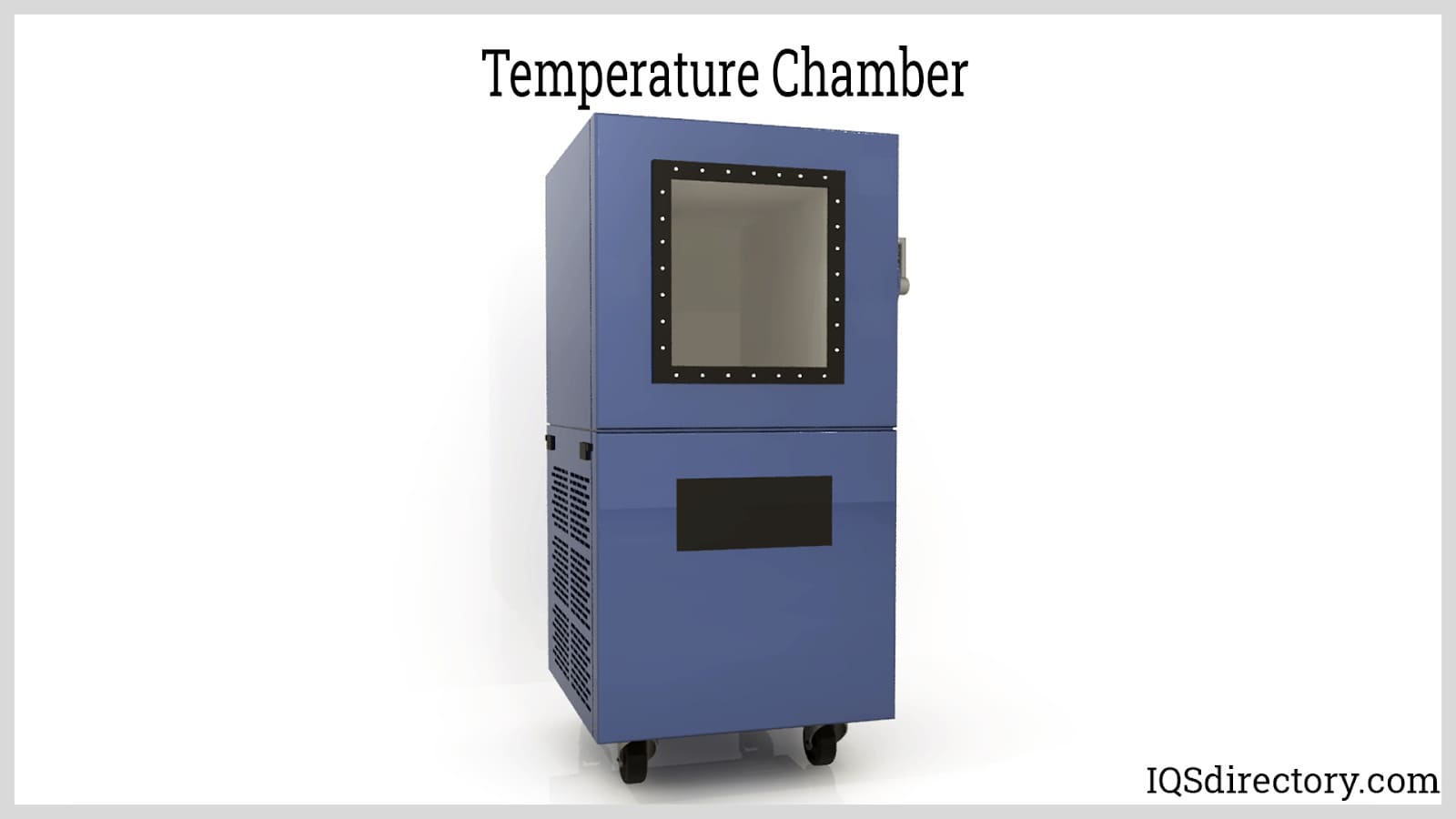
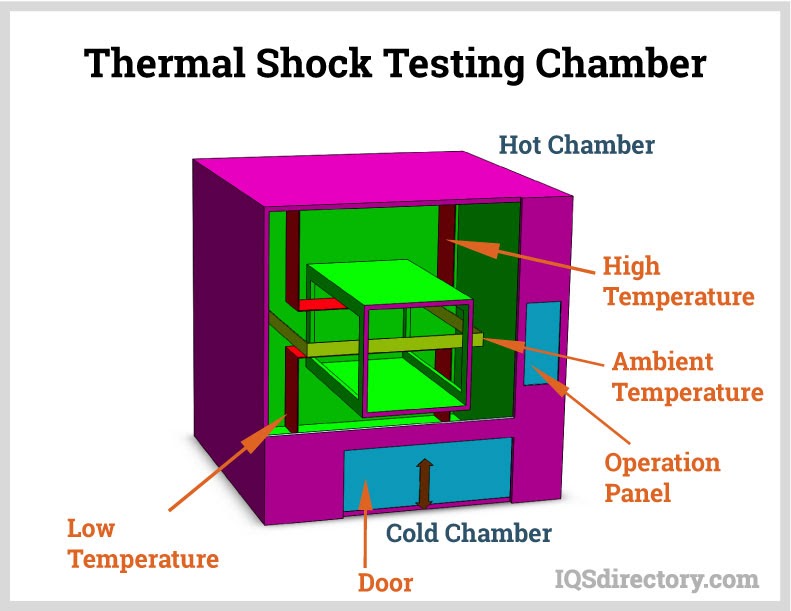
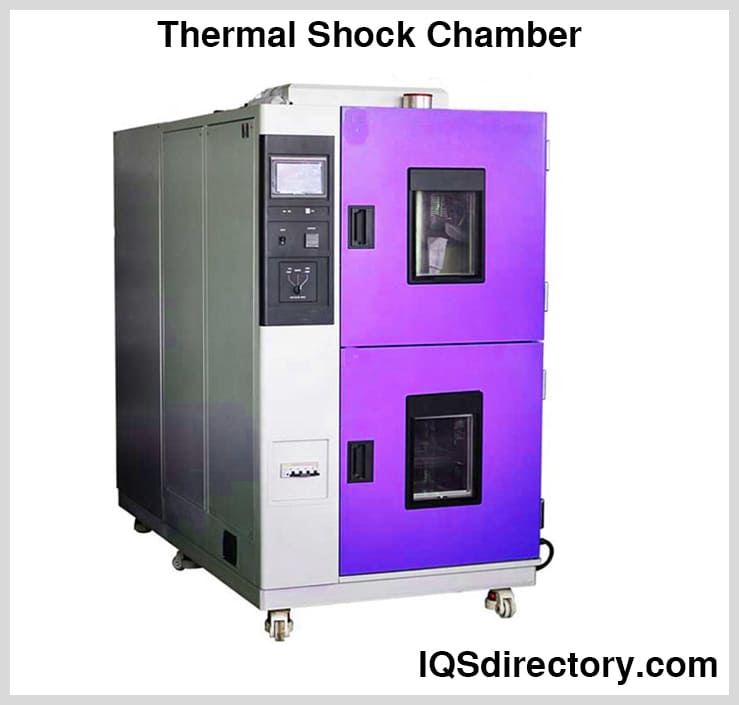
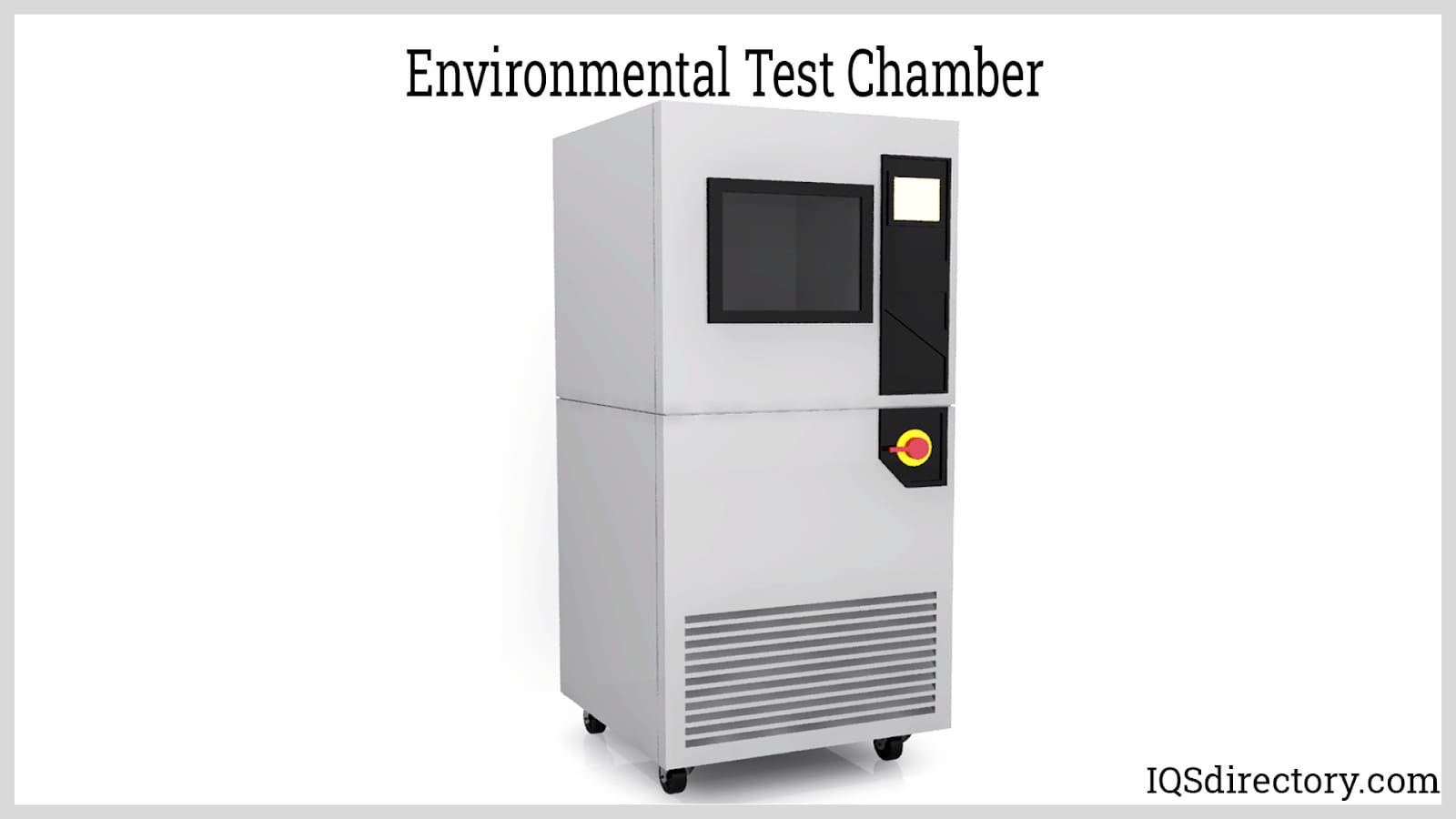
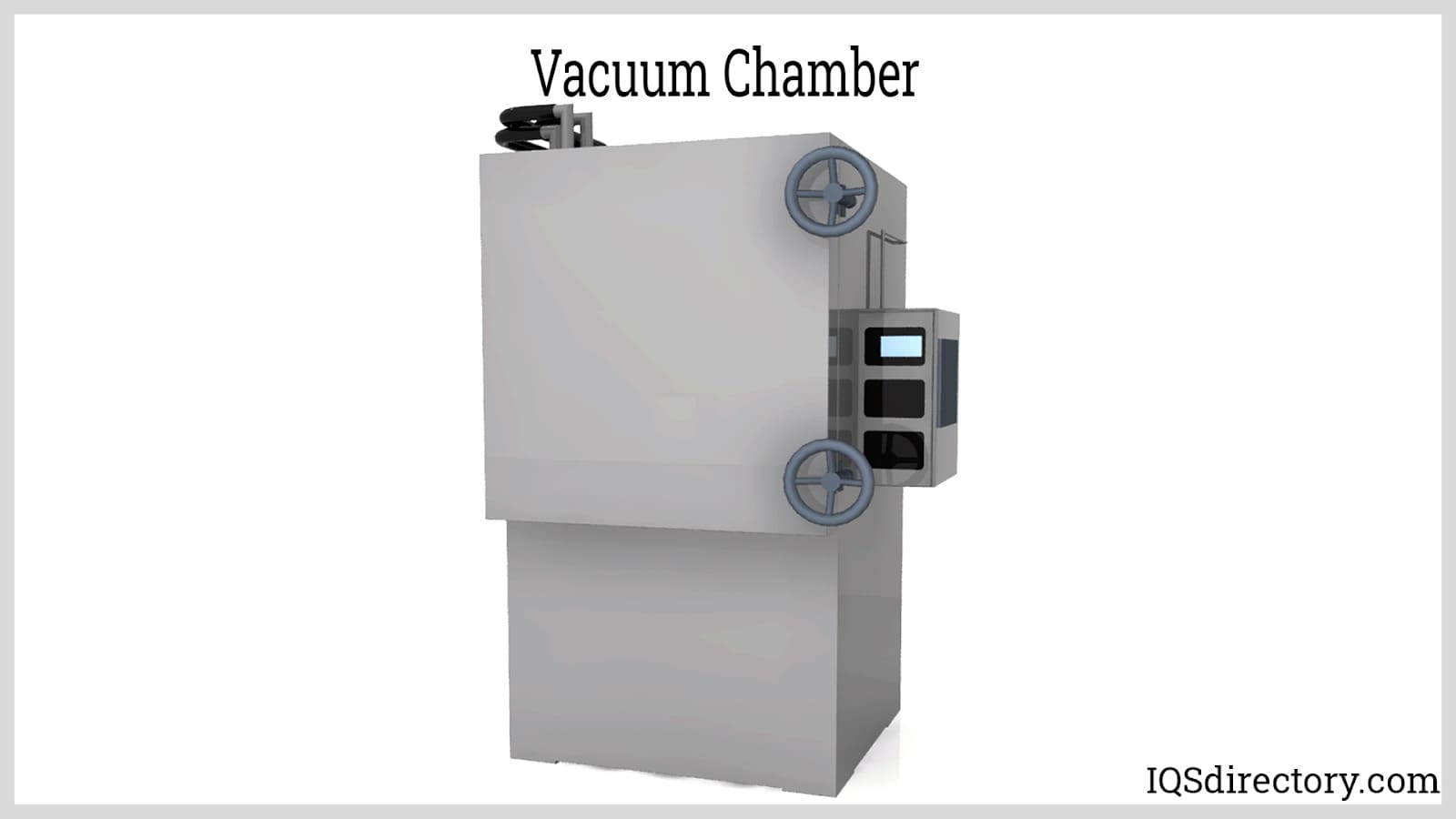
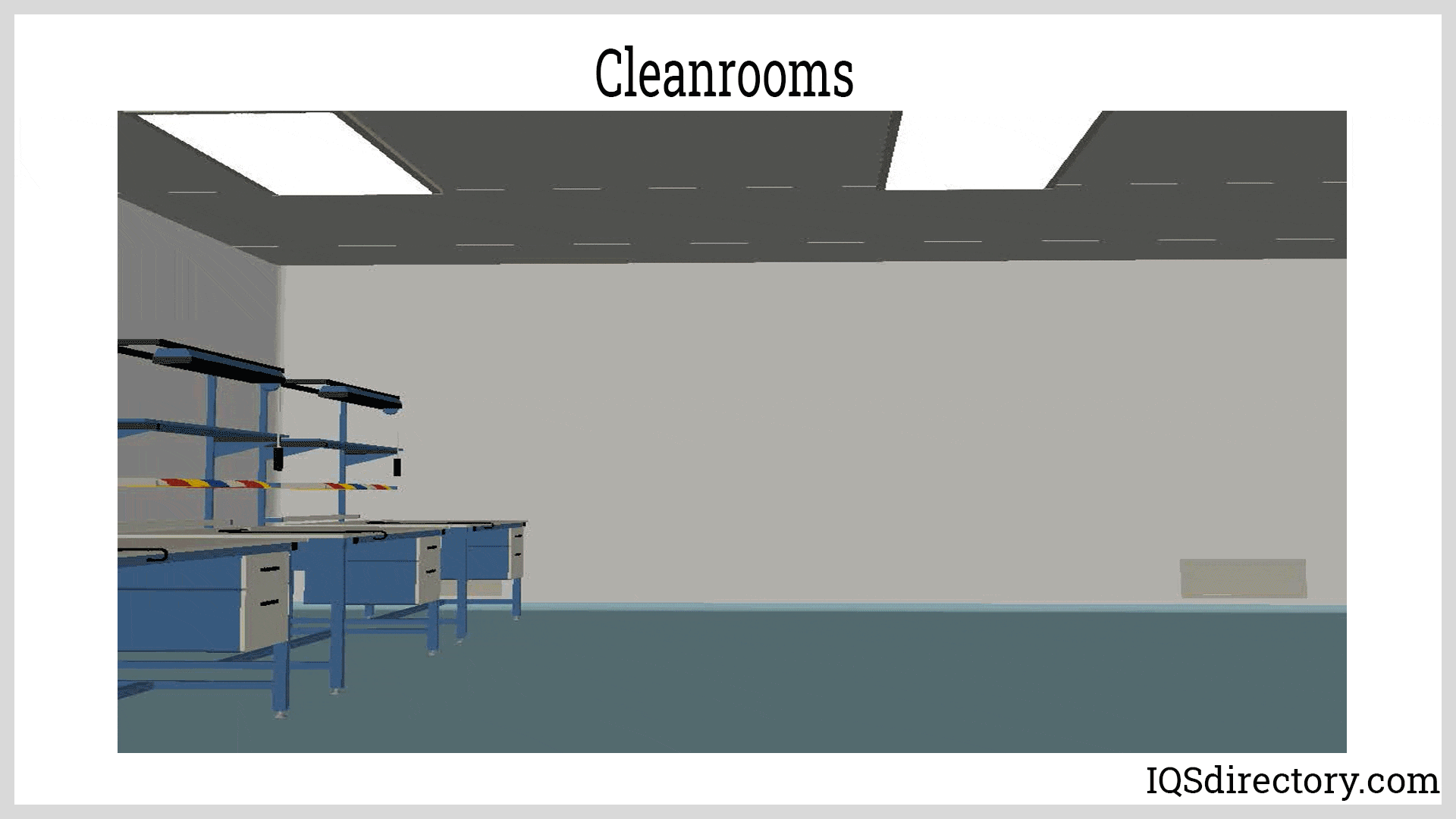
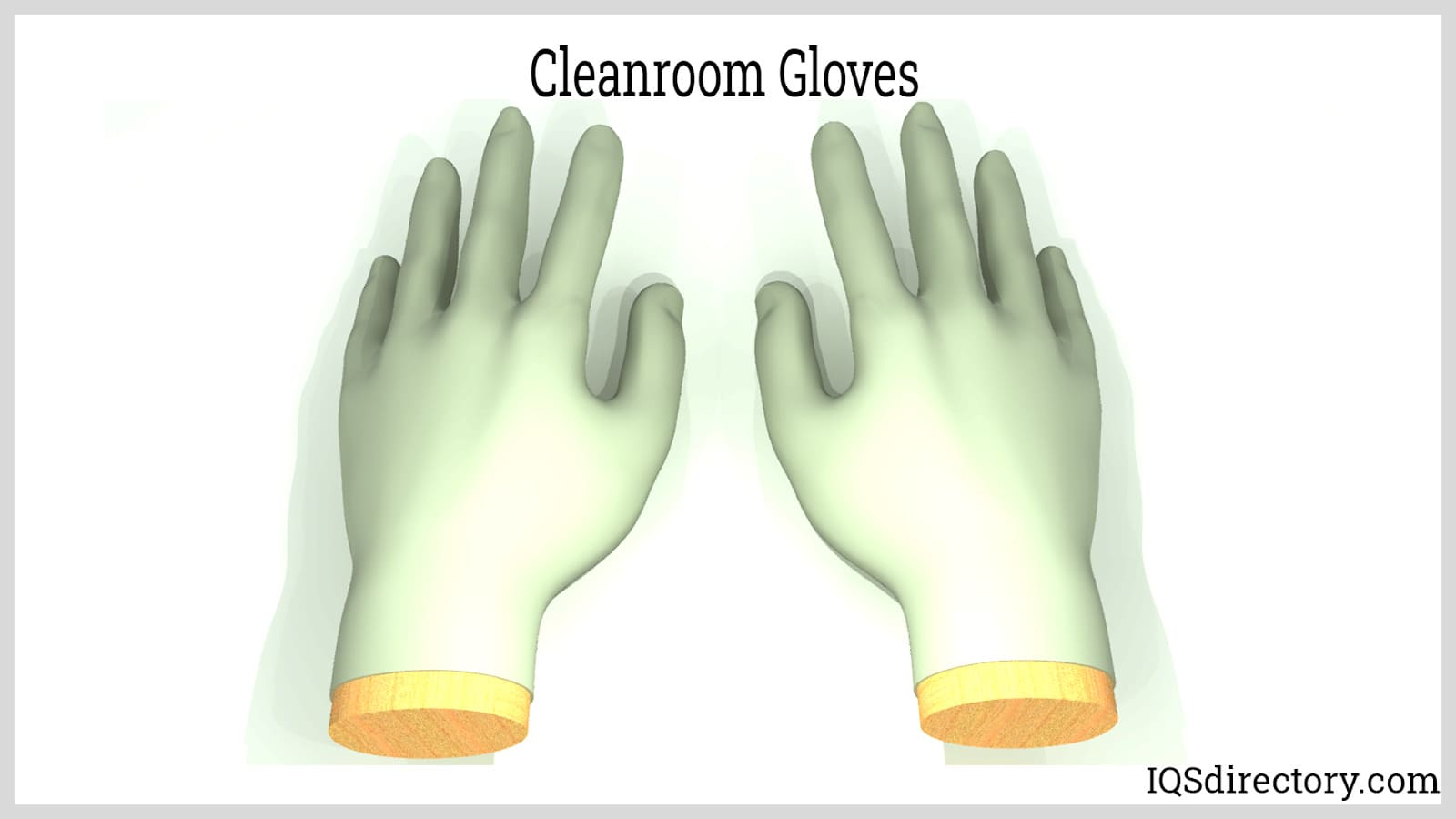
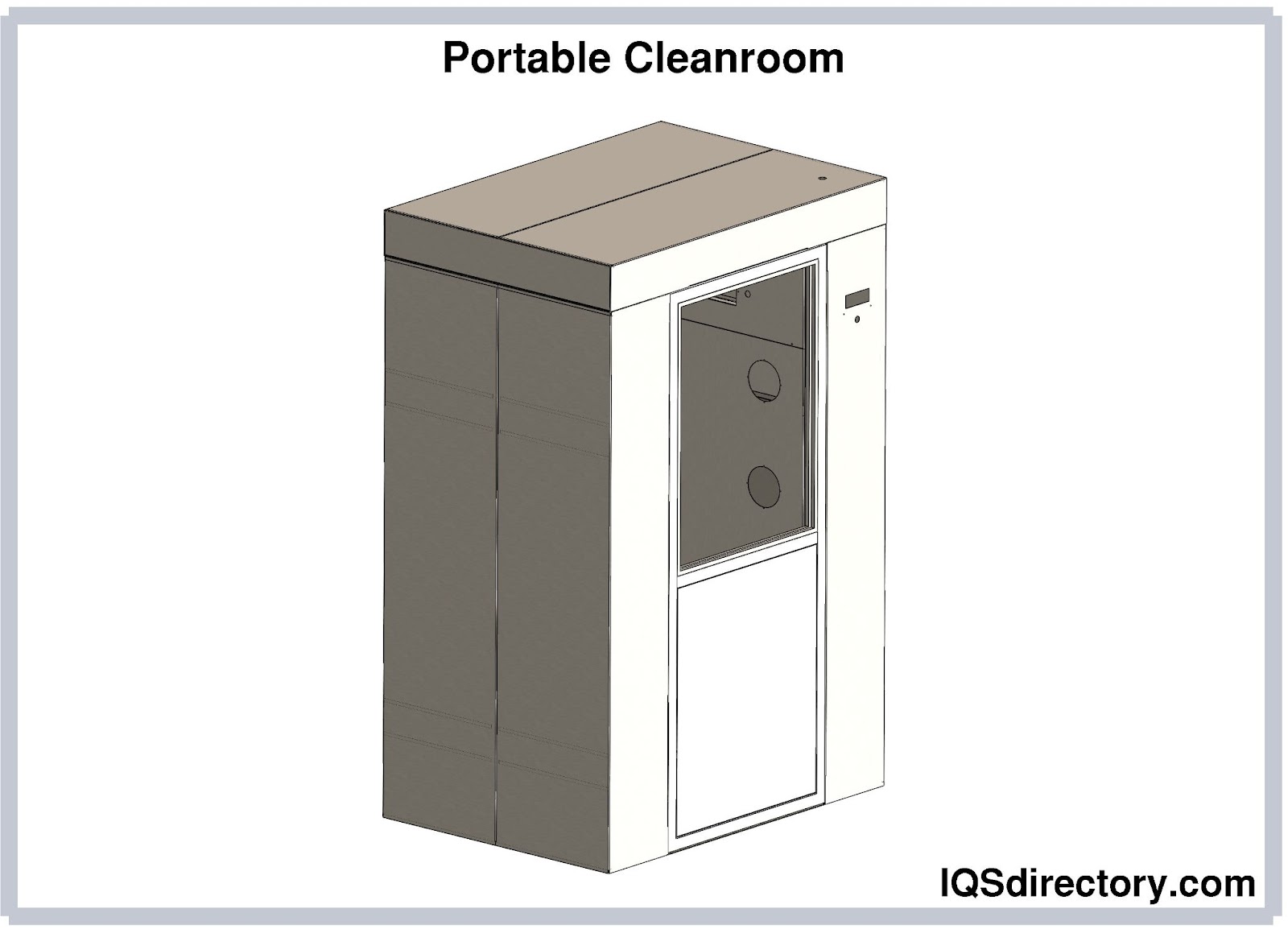
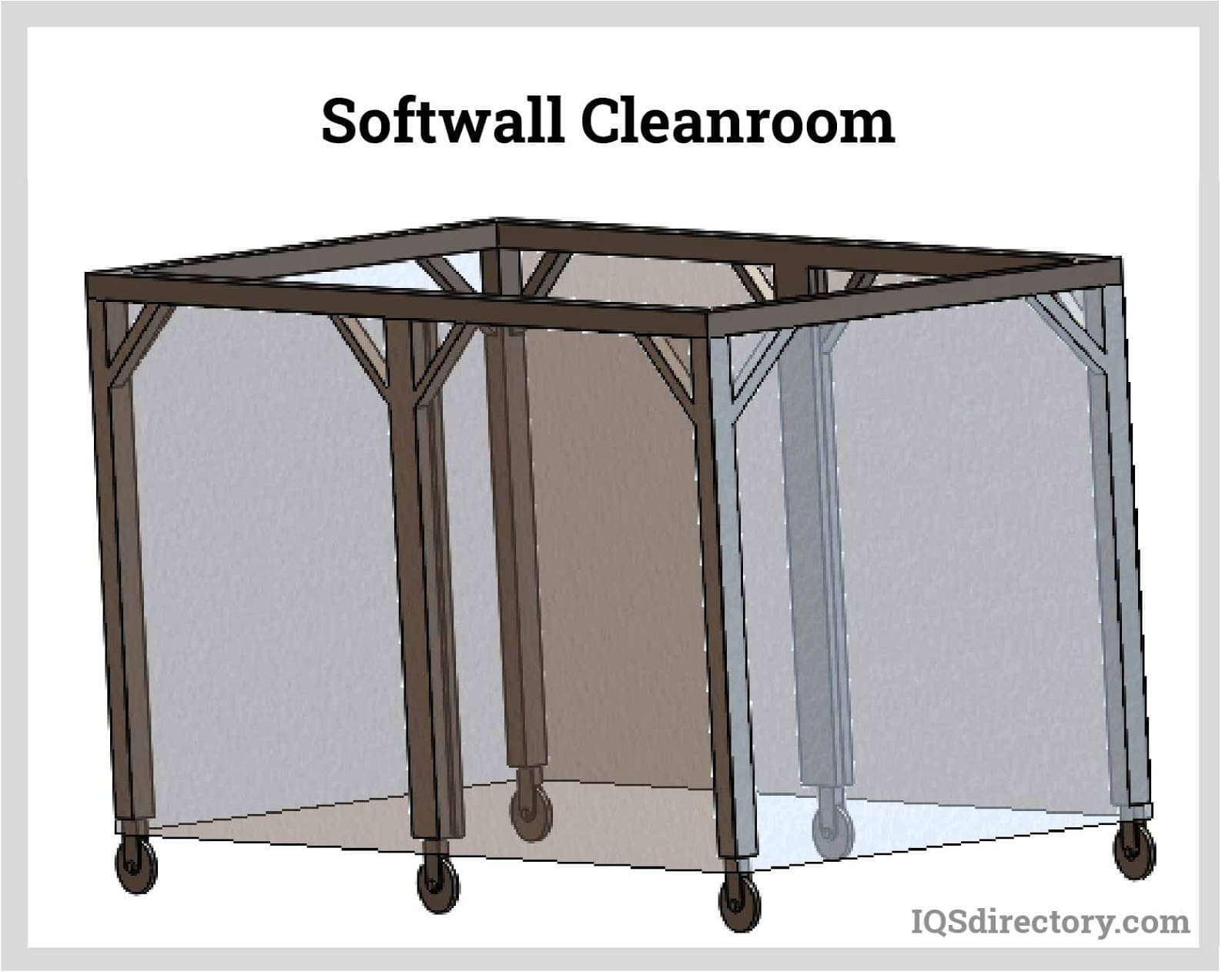
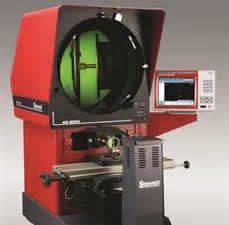 Calibration Services
Calibration Services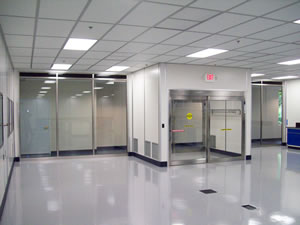 Clean Rooms
Clean Rooms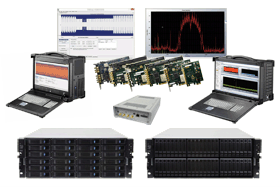 Data Acquisition Systems
Data Acquisition Systems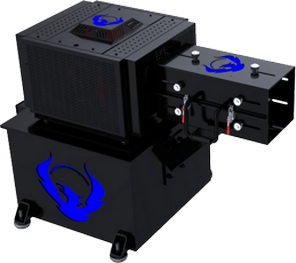 Dynamometers
Dynamometers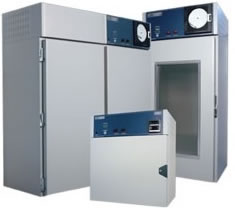 Environmental Test Chamber
Environmental Test Chamber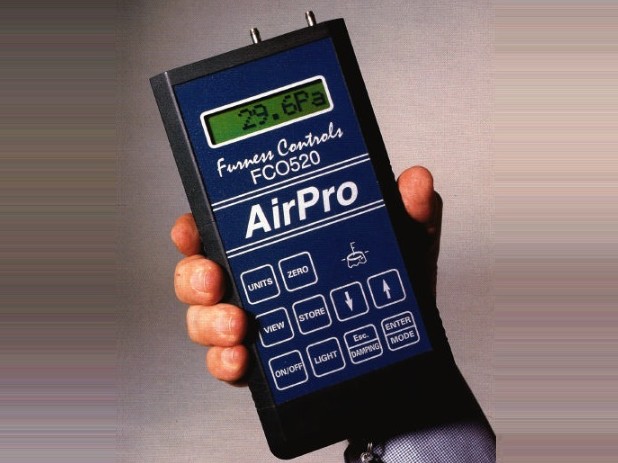 Leak Detectors
Leak Detectors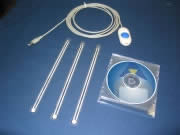 Load Cells
Load Cells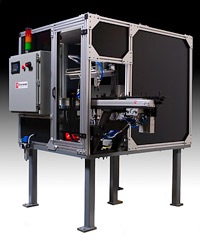 Machine Vision Systems
Machine Vision Systems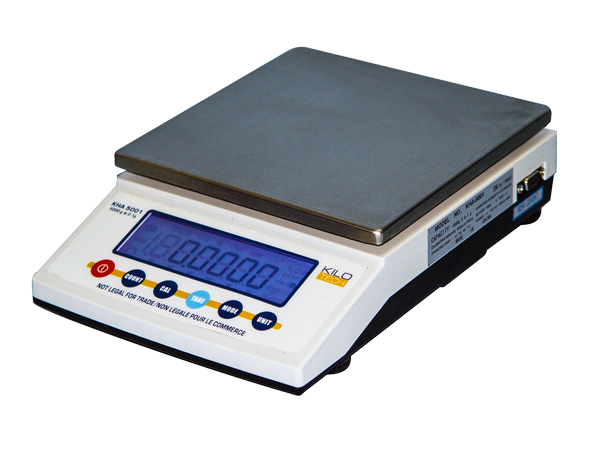 Scales
Scales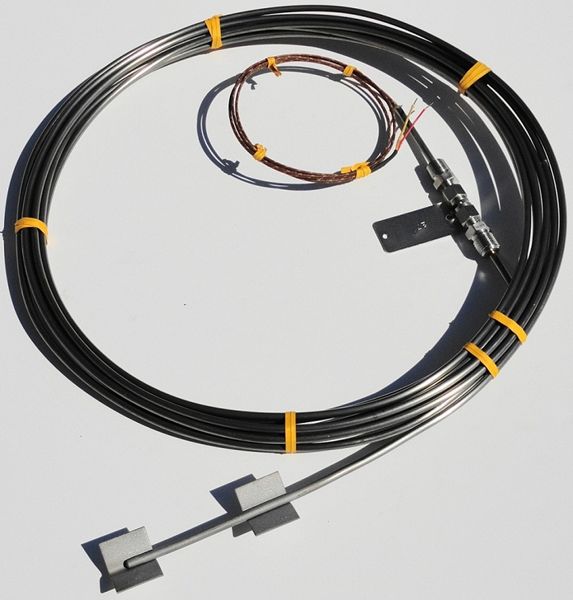 Thermocouples
Thermocouples Castings & Forgings
Castings & Forgings Bulk Material Handling
Bulk Material Handling Electrical & Electronic Components
Electrical & Electronic Components Flow Instrumentation
Flow Instrumentation Hardware
Hardware Material Handling Equipment
Material Handling Equipment Metal Cutting Services
Metal Cutting Services Metal Forming Services
Metal Forming Services Metal Suppliers
Metal Suppliers Motion Control Products
Motion Control Products Plant & Facility Equipment
Plant & Facility Equipment Plant & Facility Supplies
Plant & Facility Supplies Plastic Molding Processes
Plastic Molding Processes Pumps & Valves
Pumps & Valves Recycling Equipment
Recycling Equipment Rubber Products & Services
Rubber Products & Services